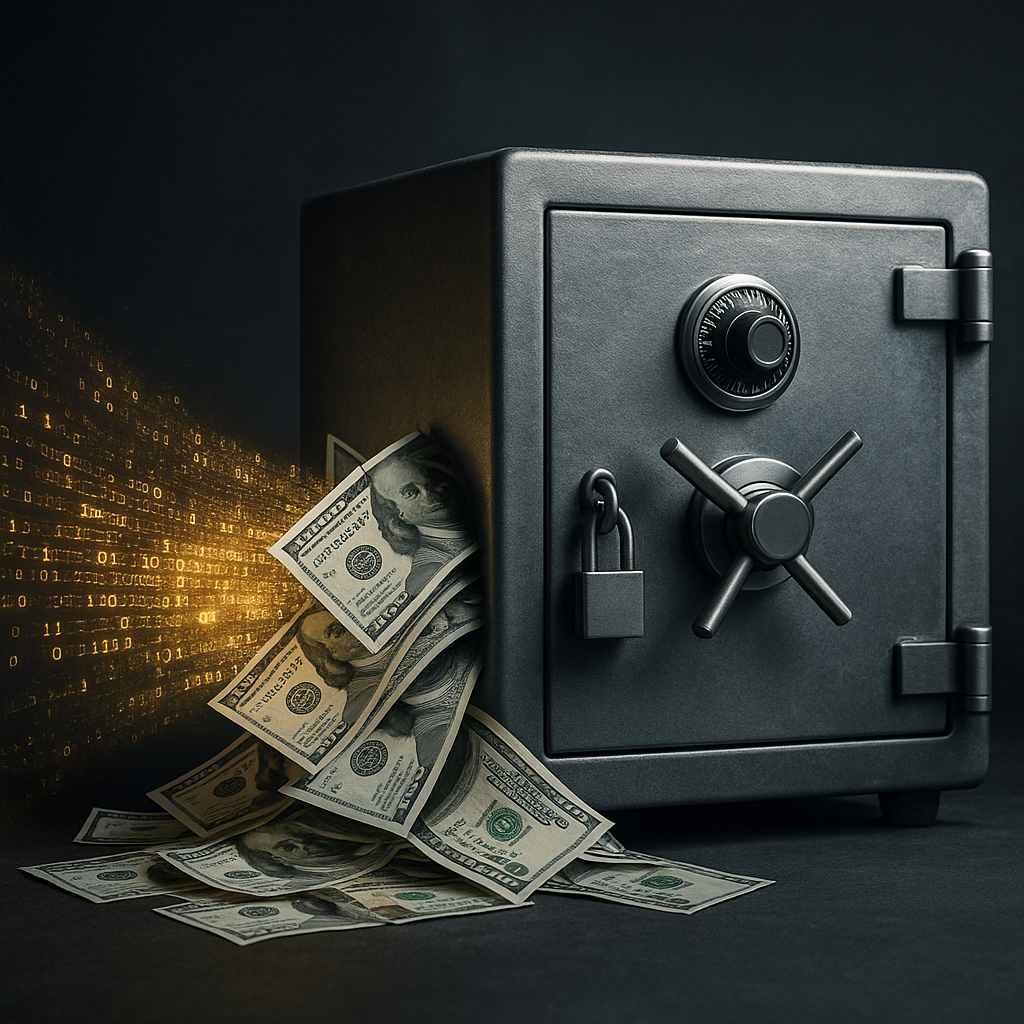Think Paying a Ransom Ends the Problem? Think Again.
Click here to view/listen to our blogcast.
Every day, businesses face the growing threat of ransomware. Attackers no longer just encrypt files; many now steal sensitive data and threaten to leak it unless payment is made. For small and midsized businesses (SMBs), this creates a dangerous dilemma: pay the ransom and hope for the best or refuse and risk devastating consequences.
But here’s the truth: paying doesn’t end the problem. It’s often just the beginning of a longer, more expensive nightmare.
The Rising Cost of Ransomware
In 2025, ransom payments more than doubled in a single quarter. Average demands now exceed $1 million, and the median payment-what most organizations actually pay-is around $400,000. For SMBs, even a fraction of that cost can be crippling.
And ransom payments are only one piece of the puzzle:
- Recovery expenses: Costs for rebuilding systems, restoring backups, and tightening security often surpass the ransom itself.
- Downtime losses: When systems are locked or data is compromised, every hour of downtime means lost productivity and revenue.
- Reputational damage: Clients and partners may lose trust, especially if sensitive data was exposed.
- Regulatory fallout & credit monitoring: If personal data is stolen, businesses may be required to cover months of credit monitoring for each affected customer or employee. This is a hidden cost that can add tens or hundreds of thousands of dollars.
- Repeat targeting: Nearly 1/3 of organizations that pay are attacked again-sometimes by the same group.
Why Paying Doesn’t Work
Even if a business pays:
- Data may still be leaked – attackers don’t always keep promises.
- Systems may remain compromised – malicious access isn’t guaranteed to be removed.
- Attackers mark you as a payer – making you a more attractive target for future attacks.
Paying ransom is no guarantee of recovery. In fact, it often signals weakness.
How SMBs Can Break the Cycle
The only real defense is preparation. Here are actionable steps that reduce the risk of ever facing a ransom note:
- Harden identity and access controls
Use multi-factor authentication, limit third-party access, and monitor accounts for suspicious behavior. - Strengthen backup and disaster recovery plans
Keep off-site, immutable backups and test them regularly to ensure you can restore without paying. - Train employees to spot threats
Most ransomware still enters through phishing and social engineering. Regular training and simulated attacks make your team the first line of defense. - Invest in early detection
Tools that identify unusual activity, like fake “honeyfiles” or decoy credentials catch attackers before they can escalate. - Partner with a trusted MSP
Working with CDML means gaining:- Proactive monitoring to detect issues early
- Proven recovery strategies that minimize downtime
- Ongoing employee training to reduce human error risks
- Security frameworks tailored for SMBs, balancing budget with protection
Final Thoughts
Ransomware is a business-ending threat for many SMBs. Paying the ransom rarely solves the problem, it often makes it worse. The real solution is prevention, detection, and preparation.
At CDML, we help businesses like yours build defenses strong enough to keep ransomware at bay and recovery plans solid enough to keep operations moving if the worst happens.
Don’t wait until a ransom note appears on your screen. Contact CDML today to schedule a ransomware resilience assessment and take control of your cybersecurity future.
Stay safe. Stay informed.

📞 Contact us here: https://cdml.com/contact/
📚 Read more on our blog: https://cdml.com/blog – 2
📺 Listen to our blogcasts: https://www.youtube.com/@CDMLComputerServices





